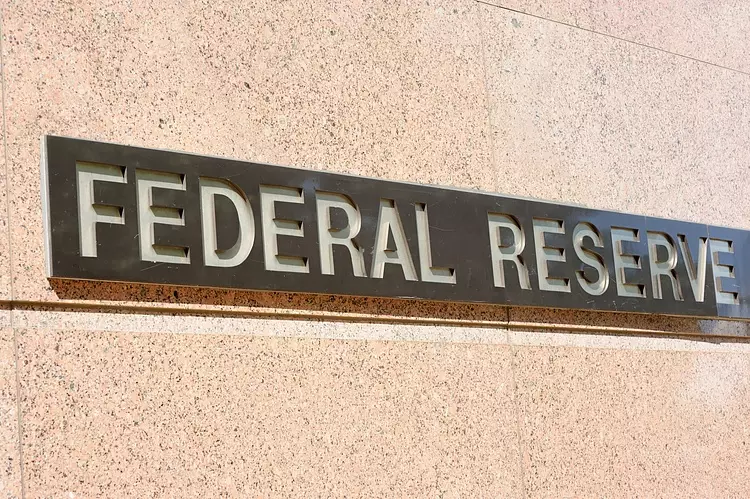Federal Reserve Chairman Jerome Powell recently announced that the policy rate, the federal funds rate, will remain unchanged at a range of 5.25%-5.5%. Powell emphasized the difficult judgment call on rates and mentioned that all 19 participants supported the decision. There was a real discussion about the case for reducing rates at the meeting, but a strong majority supported keeping rates steady. Powell expressed confidence in the current position of the economy and stated that the Fed is well-prepared to respond to any weaknesses if they arise.
The Federal Reserve in the United States has two main mandates: achieving price stability and fostering full employment. The primary tool used to achieve these goals is adjusting interest rates. When inflation is above the 2% target and prices are rising too quickly, the Fed raises interest rates to increase borrowing costs. This, in turn, strengthens the US Dollar and makes the country more attractive to international investors. On the contrary, if inflation remains below 2% or the Unemployment Rate is too high, the Fed may opt to lower interest rates to encourage borrowing and spending, which puts downward pressure on the Greenback.
The Federal Reserve holds eight policy meetings annually where the Federal Open Market Committee (FOMC) evaluates economic conditions and makes monetary policy decisions. The FOMC comprises twelve Fed officials, including the seven members of the Board of Governors, the president of the Federal Reserve Bank of New York, and four regional Reserve Bank presidents on a rotating basis. The decisions made during these meetings have a direct impact on interest rates and the overall economic stability of the country.
In times of extreme financial stress or when inflation is extremely low, the Federal Reserve may resort to a policy called Quantitative Easing (QE). This involves a significant increase in the flow of credit within the financial system by printing more Dollars and purchasing high-grade bonds from financial institutions. QE is typically employed during crises, like the Great Financial Crisis of 2008, and tends to weaken the US Dollar. On the flip side, Quantitative Tightening (QT) is the opposite process, where the Fed stops purchasing bonds and does not reinvest the principal from matured bonds. This policy is generally viewed as positive for the value of the US Dollar.
The decisions made by the Federal Reserve and its Chairman have a substantial impact on the US economy and the global financial markets. Through careful consideration and analysis of economic data, the Fed aims to maintain price stability, promote full employment, and ensure the overall health of the economy. Understanding the tools and mechanisms used by the Fed, such as interest rate adjustments, Quantitative Easing, and Quantitative Tightening, is crucial for investors, businesses, and individuals to navigate the complex world of monetary policy.

